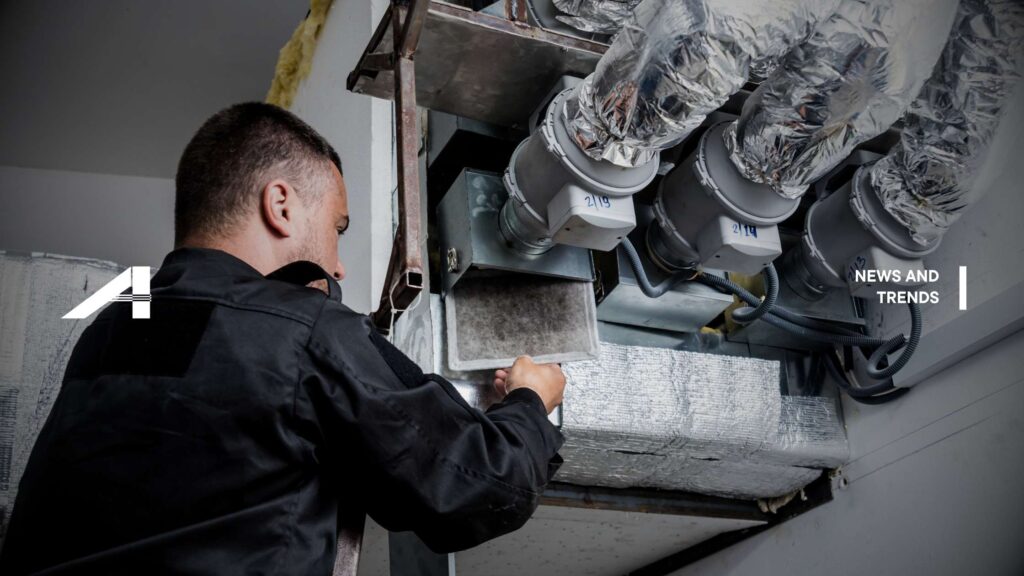
from the ACG Blog Get Ready for the Heat: Your 2025 Summer HVAC Maintenance Checklist Stay cool, efficient, and compliant...
News and Trends
As the demand for energy efficiency, indoor air quality, and smart infrastructure rises, Texas is becoming a leading state in the transformation of HVAC systems. In 2025, everything from new construction builds to federal facility upgrades is shaped by rapidly evolving HVAC technologies and environmental mandates.

Texas’s extreme climate conditions, energy consumption concerns, and growing urban populations have made HVAC upgrades a strategic infrastructure priority. In 2025, major drivers include:
ASHRAE 241 compliance for airborne pathogen control in public buildings
Energy efficiency standards from DOE and state regulatory bodies
Federal climate resilience funds tied to HVAC retrofits and replacements
Occupant wellness as a facility design metric in schools, detention centers, and healthcare

Modern HVAC infrastructure in Texas goes far beyond heating and cooling—it’s part of an integrated building intelligence ecosystem. New installs increasingly feature:
Automated building management systems (BMS) with real-time HVAC monitoring
IoT-enabled thermostats and humidity sensors for granular climate control
Energy recovery ventilators (ERVs) and advanced filtration for cleaner indoor air
Demand-driven ventilation that adjusts based on occupancy and carbon dioxide levels
These innovations reduce operational costs, support ESG targets, and enhance overall building performance—especially in government facilities, schools, and justice centers.
As part of the push toward decarbonization, Texas projects funded through IRA (Inflation Reduction Act) and GSA initiatives are now moving away from fossil fuel-based HVAC systems.
Key trends include:
Adoption of all-electric heat pump systems in new federal buildings
Transition to low global warming potential (GWP) refrigerants
Use of solar-ready HVAC units integrated with smart grid planning
Lifecycle assessments that prioritize climate impact alongside installation cost

Whether you’re modernizing a school, military facility, or public campus, HVAC systems must now meet higher expectations for efficiency, safety, and smart integration.
At ACG, we deliver HVAC infrastructure solutions designed to:
Meet or exceed Texas regulatory requirements
Integrate with advanced controls and building automation
Prioritize uptime, durability, and indoor air quality
Support federal guidelines for energy and sustainability
Let’s build a better climate—indoors and out.
Contact ACG to learn how our HVAC services align with your 2025 infrastructure goals across Texas.

from the ACG Blog Get Ready for the Heat: Your 2025 Summer HVAC Maintenance Checklist Stay cool, efficient, and compliant...

from the ACG Blog “Cable” Doesn’t Equal “Coax”: How Coherent PON Is Redefining Fiber in 2025 The future of cable...

from the ACG Blog How Texas Is Shaping the Future of Telecommunications Infrastructure in 2025 Texas is leading the charge...
©2025. Access Communications Group, LLC